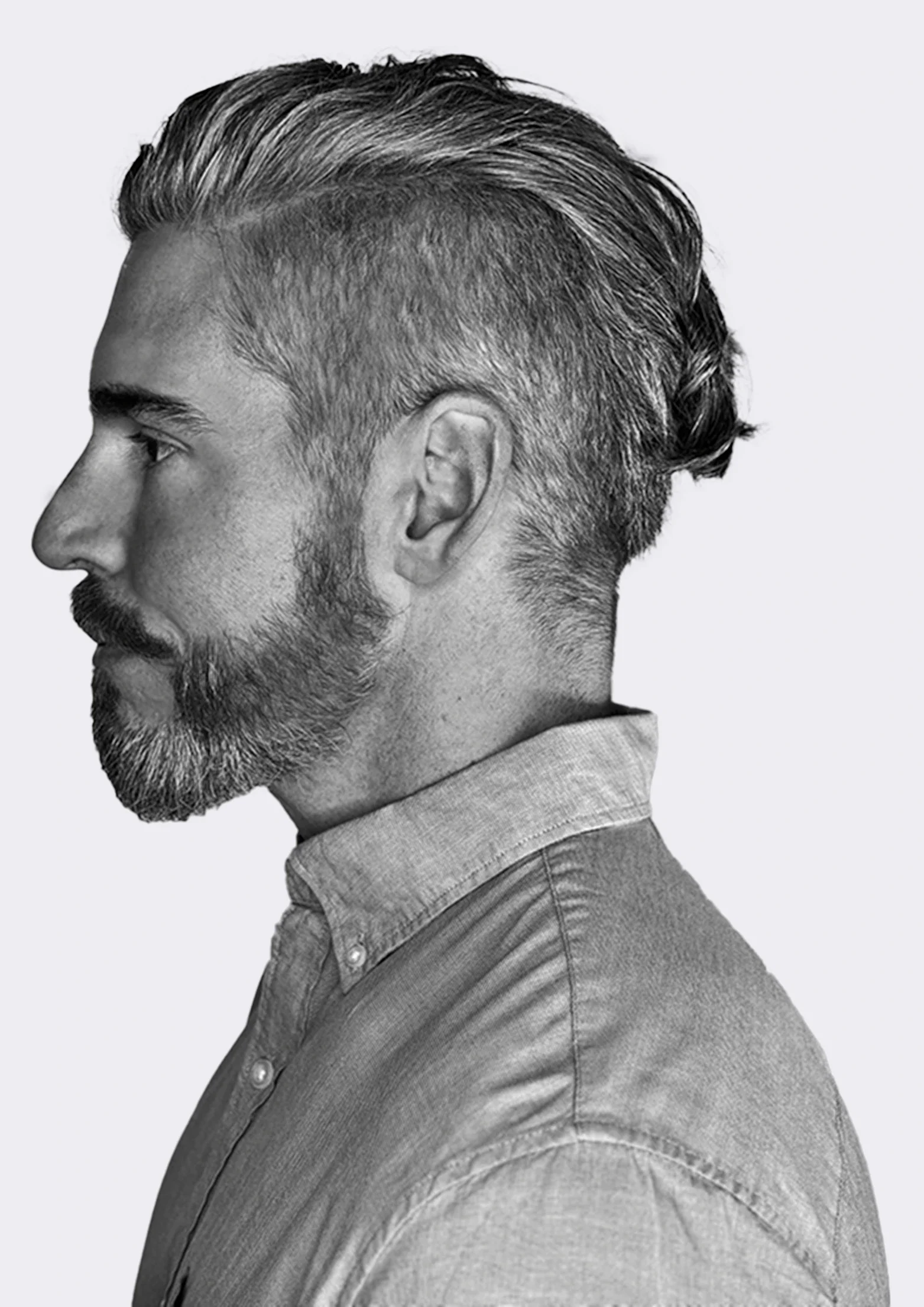
About
I’m a design leader passionate about guiding and mentoring teams to thrive and deliver their best work. I excel at collaborating across functions—whether with engineering, product, or research—to align strategies and develop roadmaps that truly drive impact. Crafting design visions that balance business goals with customer needs is at the core of what I do, while ensuring quality and efficiency through well-structured design systems. I believe in clear, approachable communication to keep everyone—teammates, stakeholders, and executives—aligned and moving forward together.
LinkedIn
Schoox
Schoox needed to modernize their design operations. The solution had a profound impact on the business and culture.
Learn more
Flux
Electronic Arts needed a new way to empower its writers. The solution was Flux, a custom publishing platform.
Learn more
Bisk Rebrand
With 45+ years of experience in the education space, Bisk was looking for a brand reboot to better express its values.
Learn more
Gategroup
Gategroup, which delivers training to students 39,000 ft. in the air, needed to improve the effectiveness of its courses.
Learn more
Code School
The Elements of Web Design is a UX course aimed at teaching developers the fundamentals of user-centered design.
Learn moreProcess
For me, good design requires three fundamental things: a thorough understanding of people, a desire to empathize with their needs, and the ability to align those needs with their business goals. This is the core of my professional career and what I set out to hone every day.
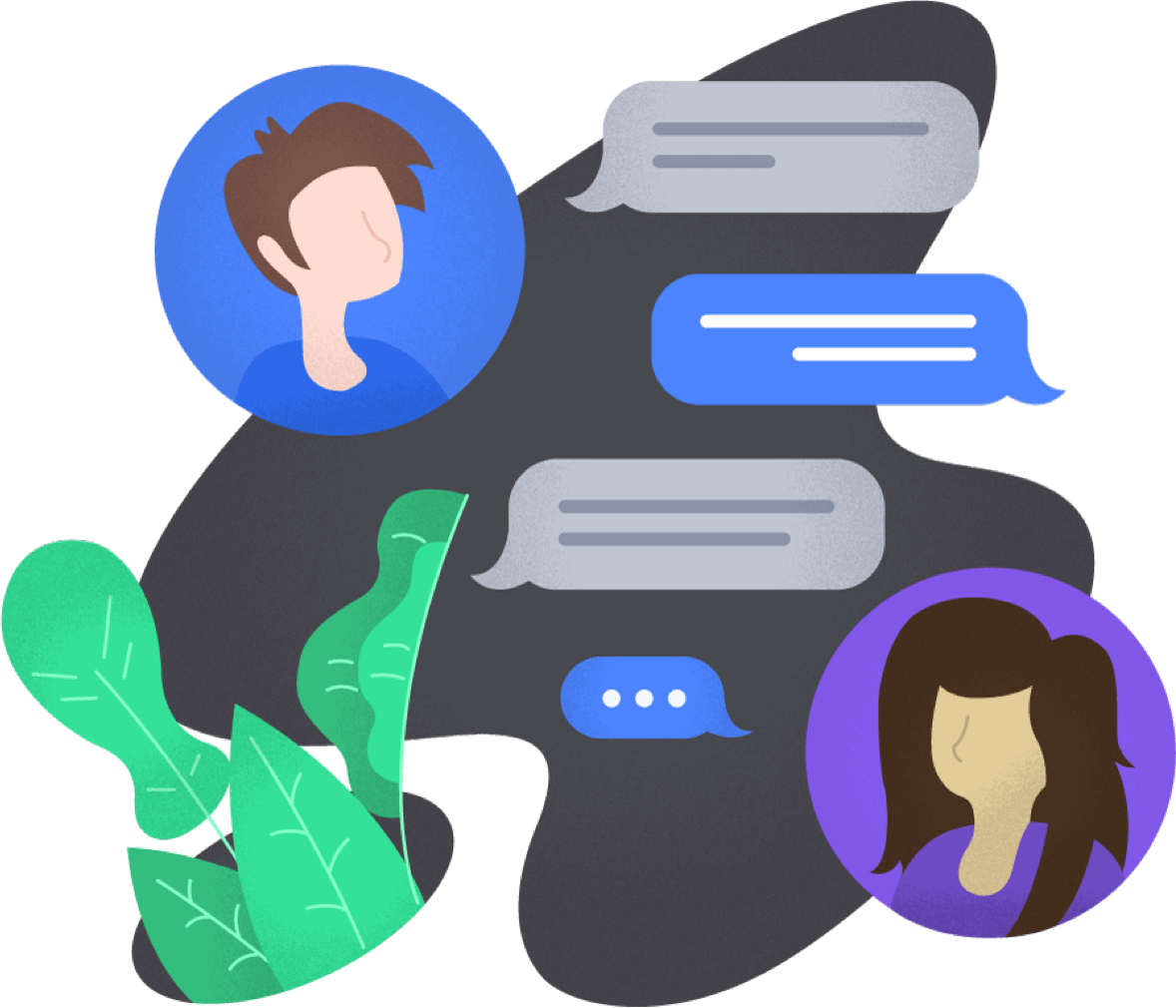
Start with a conversation.
The first step is a discovery phase. During this phase, I identify key areas of the business on which to focus by creating problem statements and job stories, which I then cluster into actionable groupings. From here, I can diverge into primary and secondary research and start building a base of qualitative and quantitative data. This phase should produce a large pile of unstructured findings that can be synthesized.
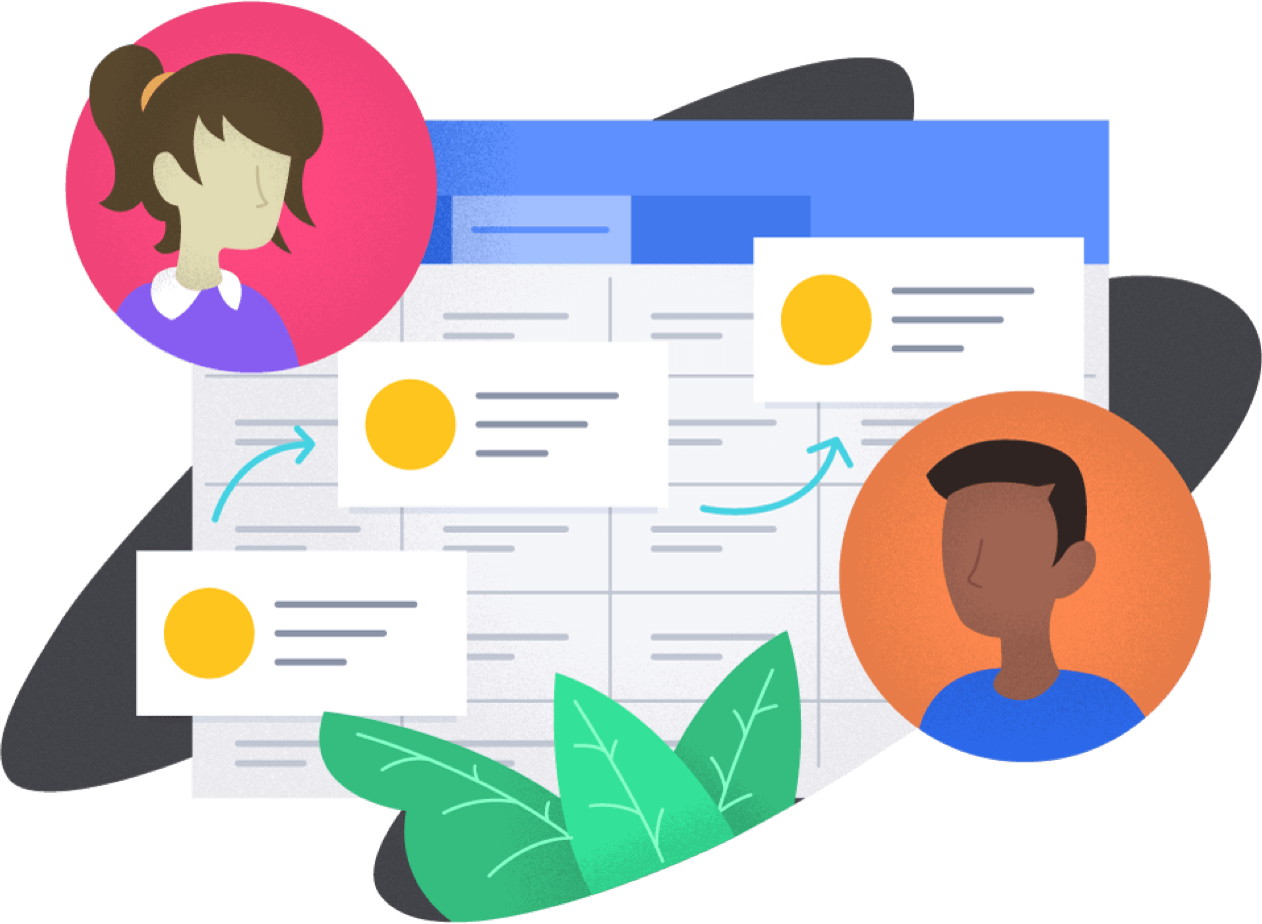
Identify challenges — and opportunities.
Once I converge on the findings and define my areas of focus, I can identify underlying themes. This will reveal challenges and opportunities for ideation. This phase allows for an understanding of the customer’s motivations and helps to empathize with their needs. I can begin to reframe the problems, create hypotheses, and consider possible solutions.
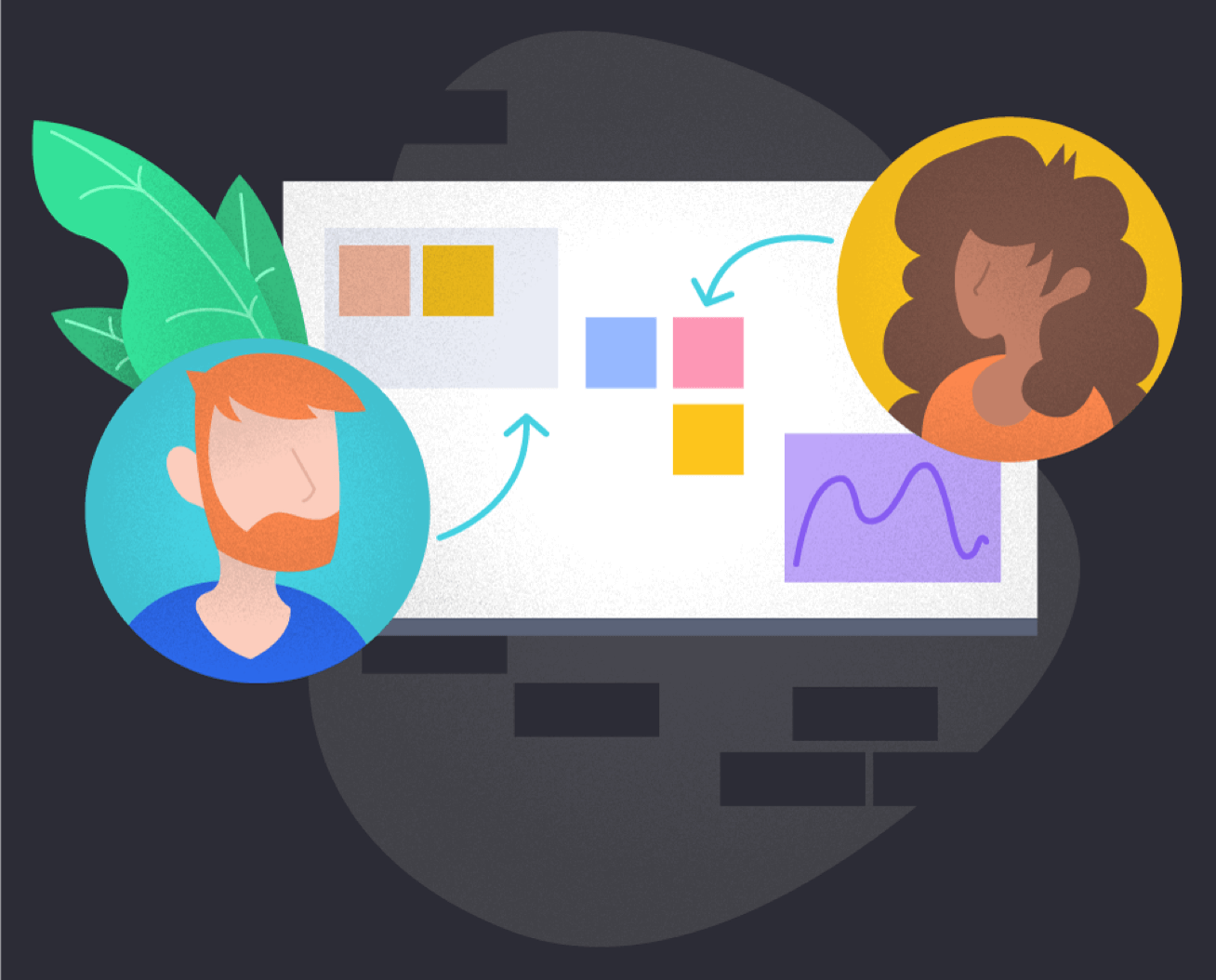
Pitch multiple solutions.
Once I have a thorough understanding of the customer’s motivations, I can start pitching solutions. This is the point where I really get to flex my creative muscles. Through ideation sessions — and team workshops whenever possible — I am able to zero in on a handful of ideas to validate with real users.
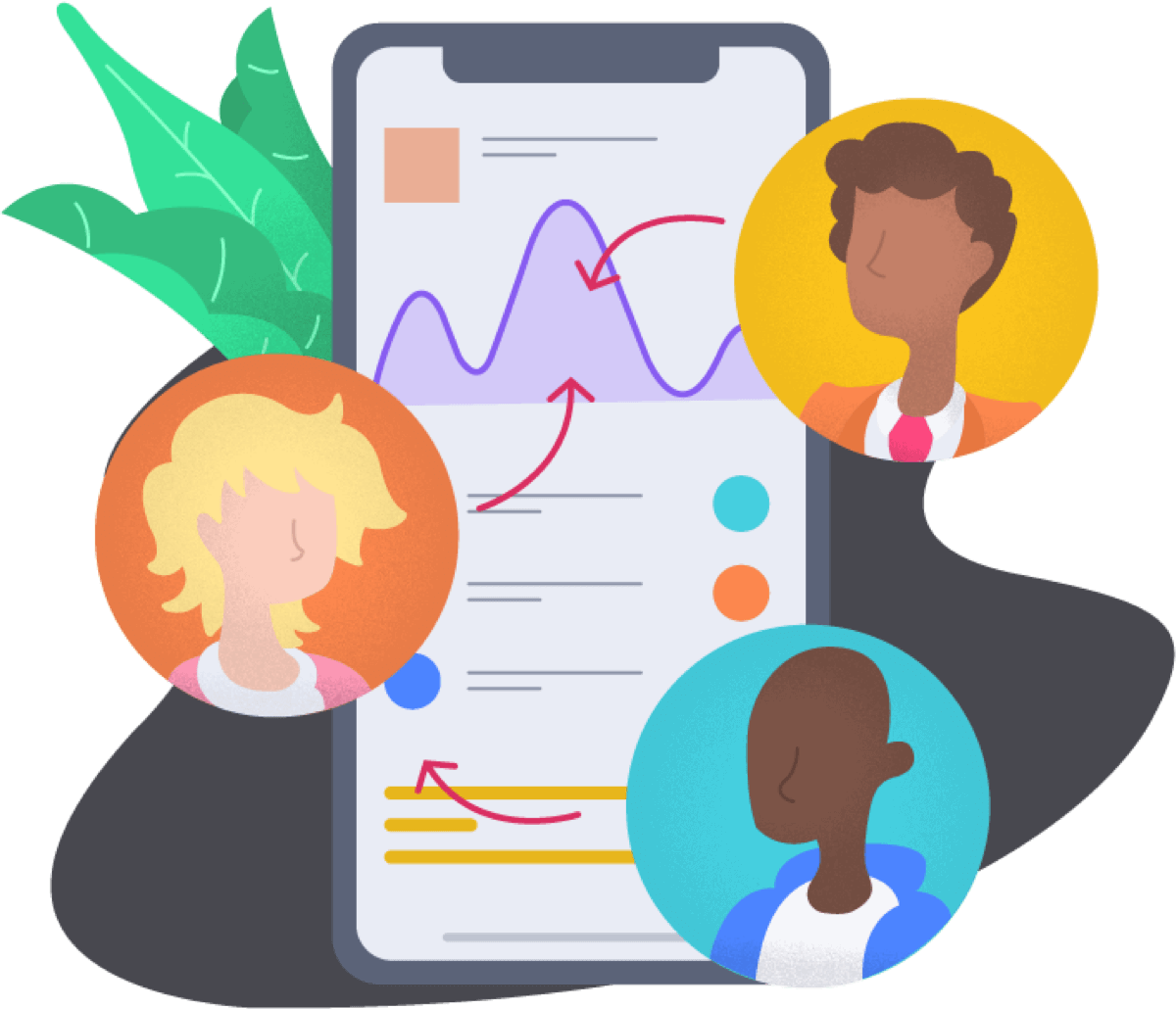
Build, test, analyze, and repeat.
Once an initial set of ideas has been established, I enter the testing and validation phase. I’ll build interactive prototypes, experiment with different interaction models, and design out animations. My job is to test, learn, iterate, and repeat. I continue this while increasing the fidelity of the prototypes until I feel I have one or two solutions worth developing.
Learning is a habit and I love it.
To design a product people truly love, you have to include them in the design process. Everyone is creative and has creative ideas. I always try to involve potential users in the design process early and often. This keeps me focused on the right problems and ensures I’m creating the best possible experience for the end user.
Let’s chat
If you have any questions regarding design leadership, operations, building and scaling design systems, or fostering a culture of creativity and innovation, please don’t hesitate to reach out. I’d be happy to schedule a time for us to connect and discuss further.
Contact

